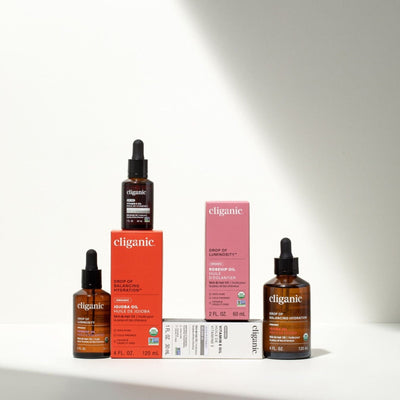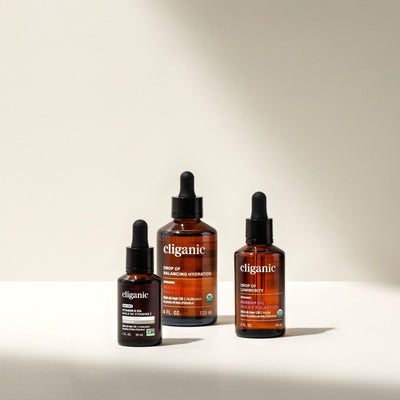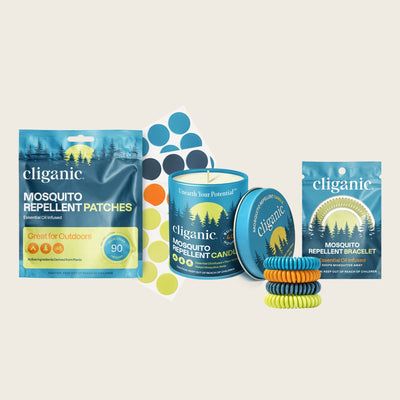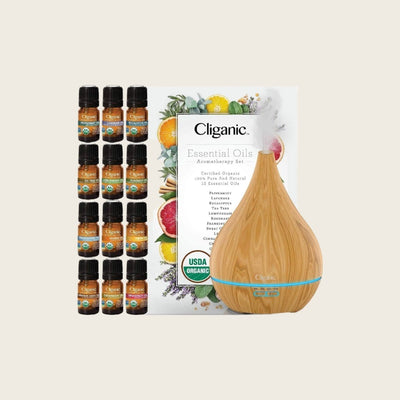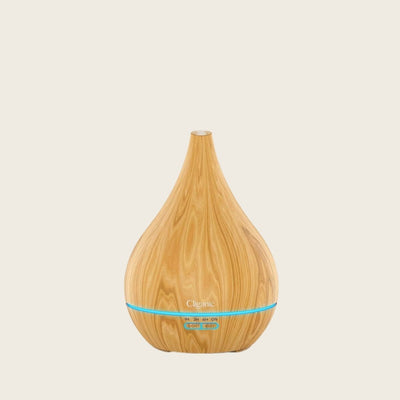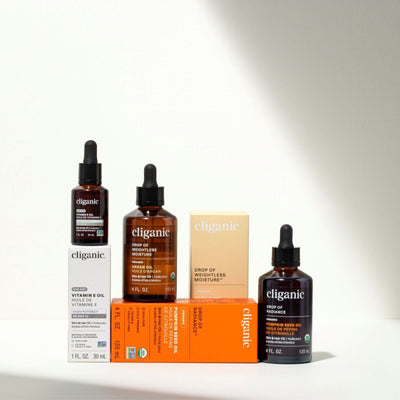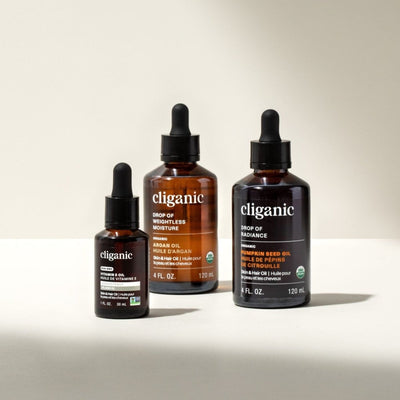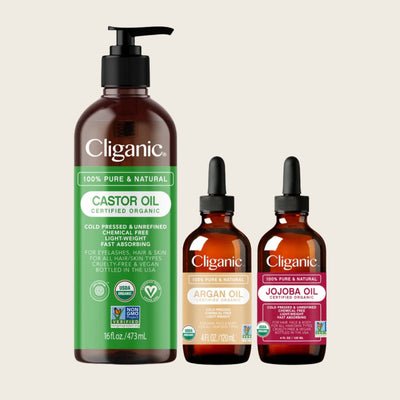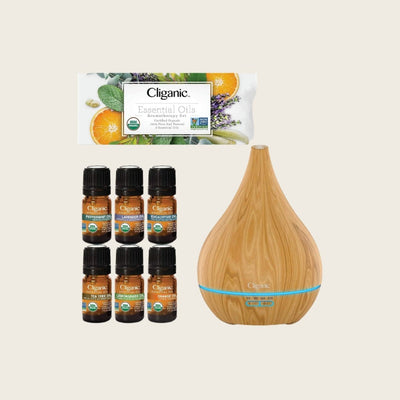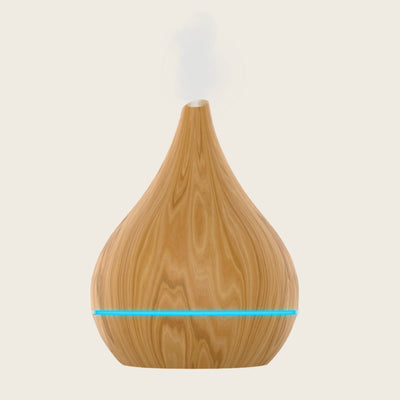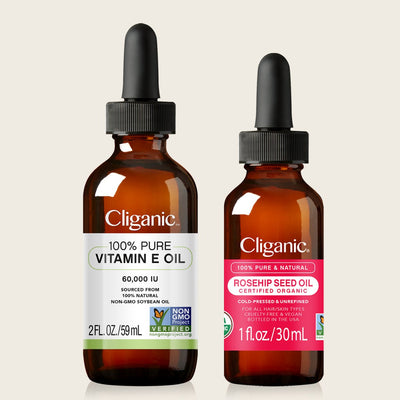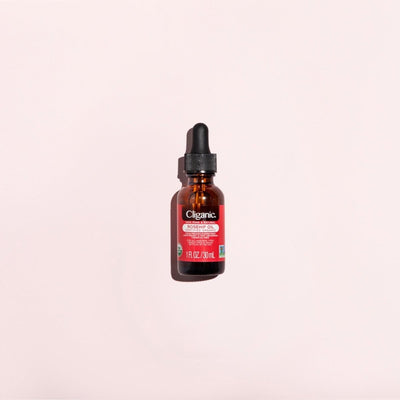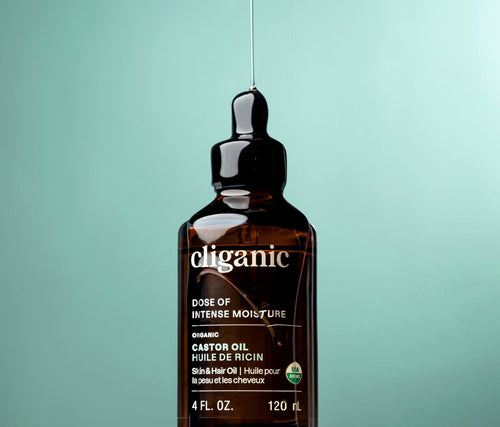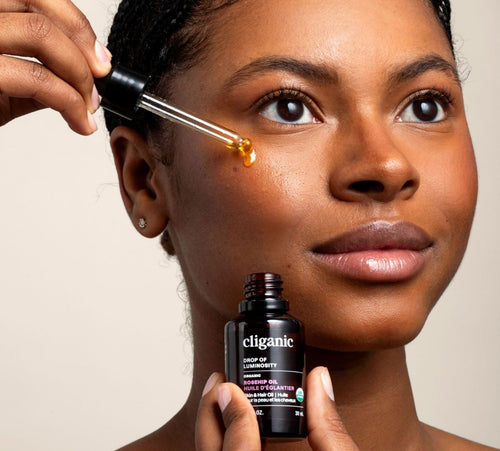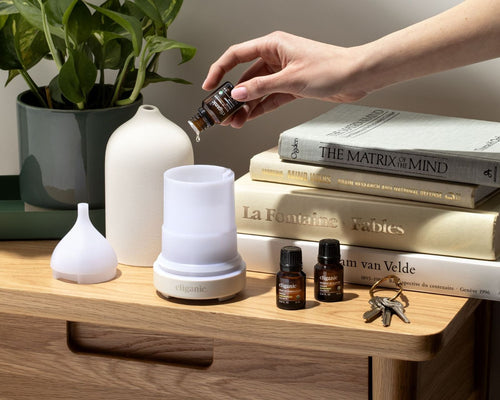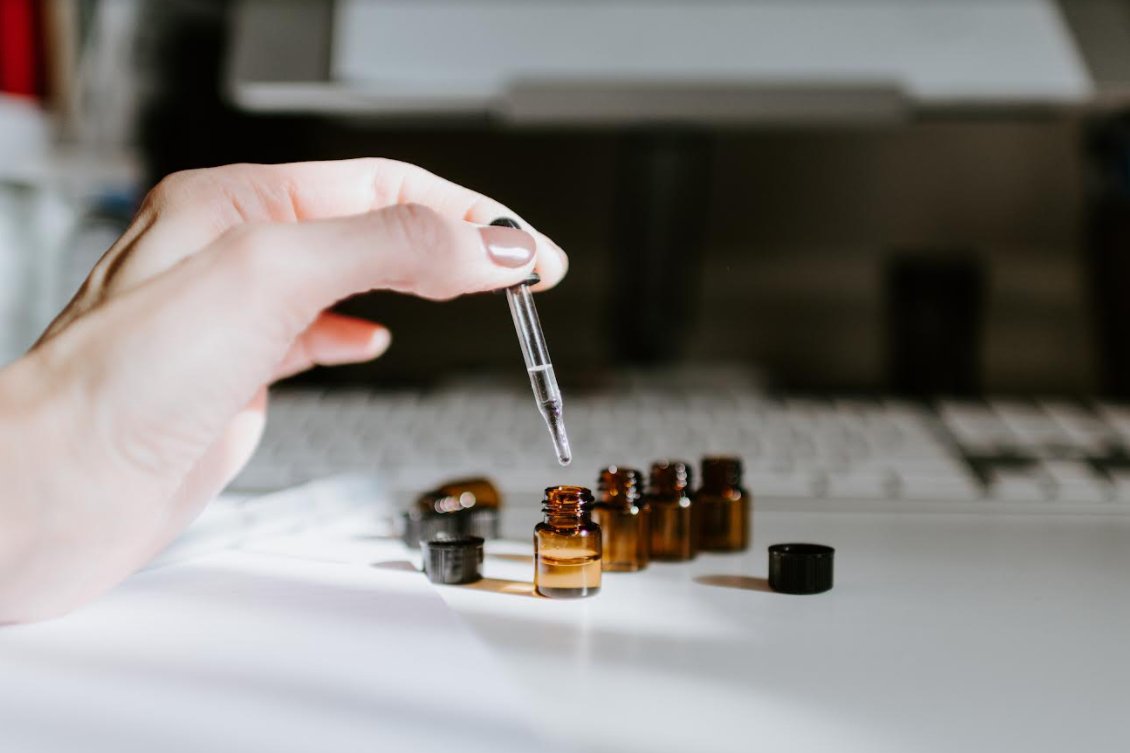
How to Dilute Essential Oils
Whenever someone talks about using essential oils they always recommend diluting. But what exactly does diluting mean, and how do you do it?
Dilution means that we are diluting down the potency of the essential oils so there is a lesser chance of our skin reacting adversely. Essential oils are highly potent and very concentrated and they are composed of hundreds of different aromatic molecules. And some of these molecules, when they make direct contact with our skin, may cause the skin to feel itchy or get red. To avoid this, we want to dilute the essential oil down, and deliver it to the skin in a safe and soothing manner.
The best substance to dilute an essential oil is a plant oil that is cold expeller pressed from either nuts or seeds. Oils like almond, jojoba, castor, rosehip, sesame, sunflower and coconut are all good examples. These oils feel oily, and slightly greasy and essential oils dissolve easily into them. Whenever we mix an essential oil into one of these kinds of oils, the oil becomes infused with the properties of the essential oil and this makes it much easier for the essential oil to be safely carried into our body through our skin. That’s why these plant oils are called carriers, because they literally carry the beneficial properties of essential oil safely into our bodies through our skin.
To properly dilute essential oils we’ve shared a simple dilution chart for easy reference.
The percentages you see below are based on an approximate understanding of how many "drops" of a carrier oil actually fill different size bottles.
For example, a 1 ounce bottle generally holds approximately 600 drops of a carrier oil. That means that a 1% dilution equals about 6 drops (we've multiplied 1% x 600 drops to get that number).
You will also see in the chart below that we have suggested a range of drops within that suggested percentage. We've done that to take into account the difference in weight and size of different droppers and carrier oils, and to provide a more flexible range of safety with which you can blend your essential oils.
It's important to note however, that different carrier oils and different essential oils all have different molecular weights, so that is why our number of drops are very approximated.
|
Carrier oil in OZ |
.5 |
1% |
2.5% |
3% |
|
1/2 |
1-3 drops |
3-5 drops |
8-11 drops |
9-13 drops |
|
1 |
3-5 drops |
6-9 drops |
15-23 drops |
18-27 drops |
|
2 |
6 -10 drops |
12- 18 drops |
30-46 drops |
36-54 drops |
|
4 |
12-20 drops |
24-26 drops |
60-92 drops |
92-108 drops |
Diluting essential oils is really the safest way to use essential oils when applying them to our skin. You can also use the reference chart if you are thinking about adding essential oils into unscented lotions, creams or cleansers - the numbers and percentages would be the same. Remember, also lean towards a lower dilution when applying essential oils to the face or other sensitive areas on the body, and certainly keep the dilution low if you are using essential oils with children or the elderly.


